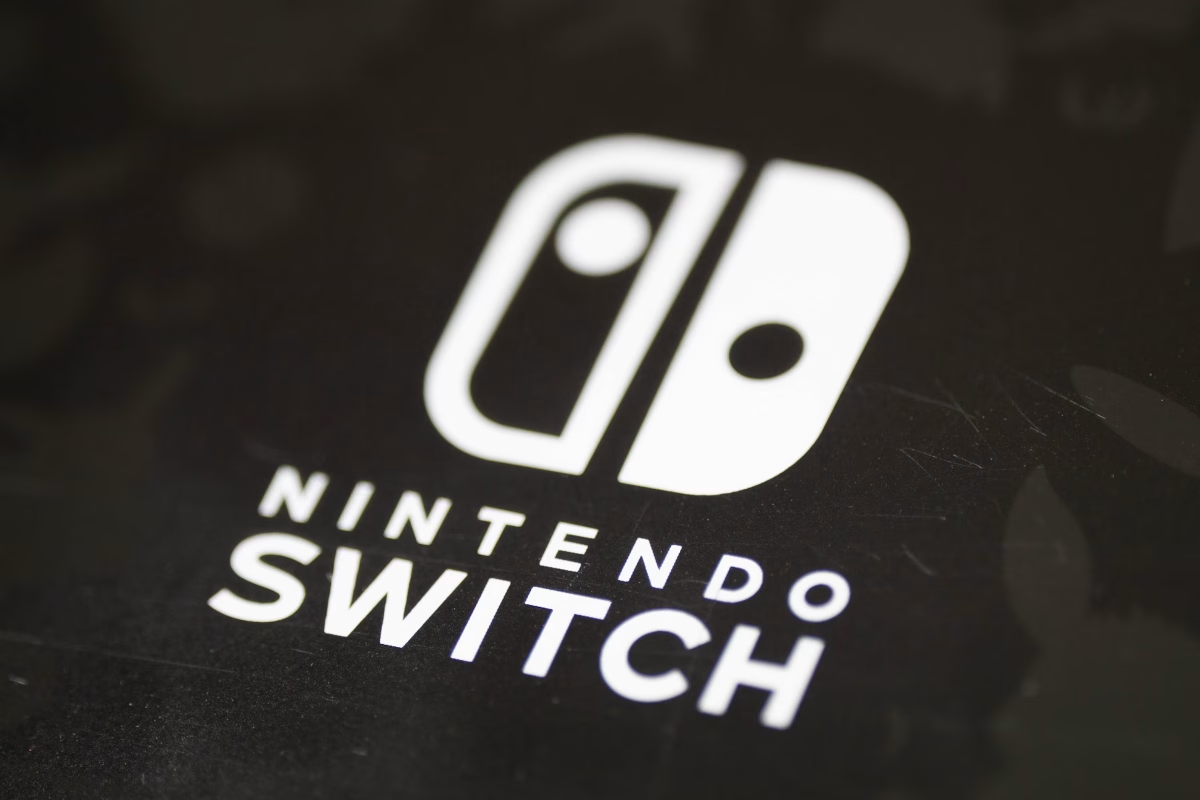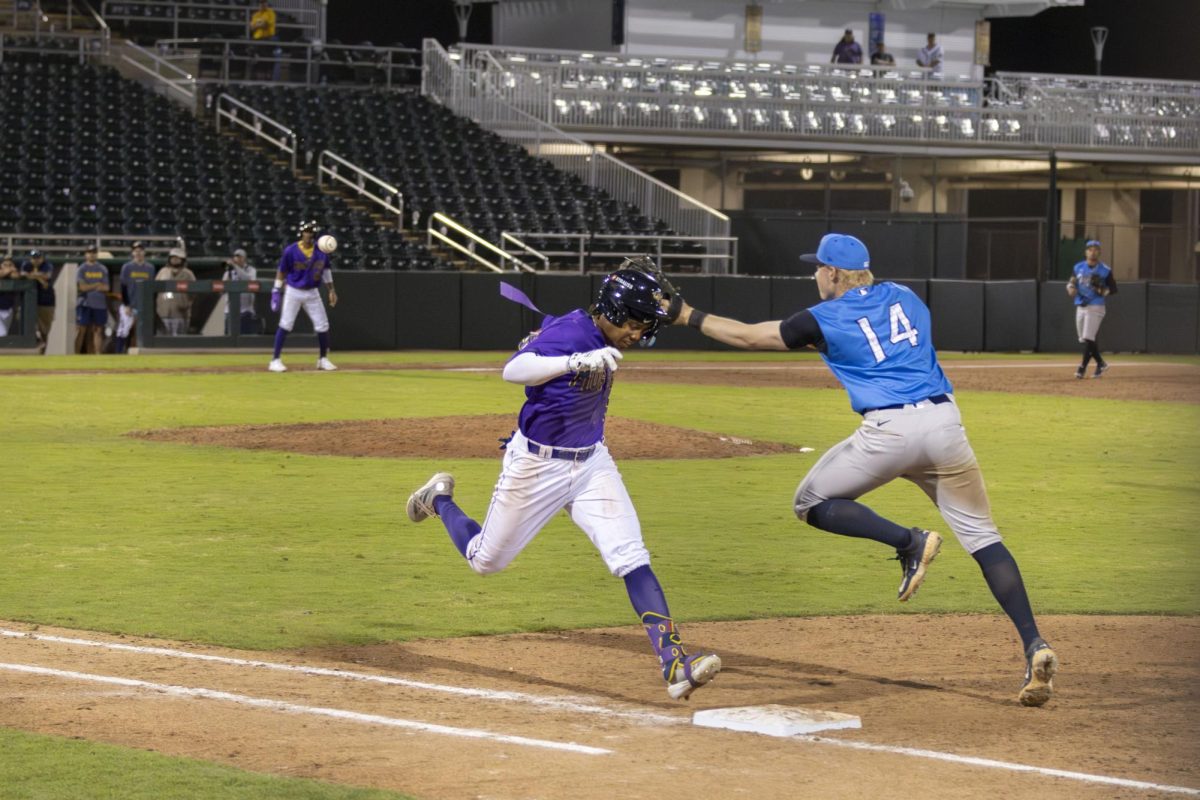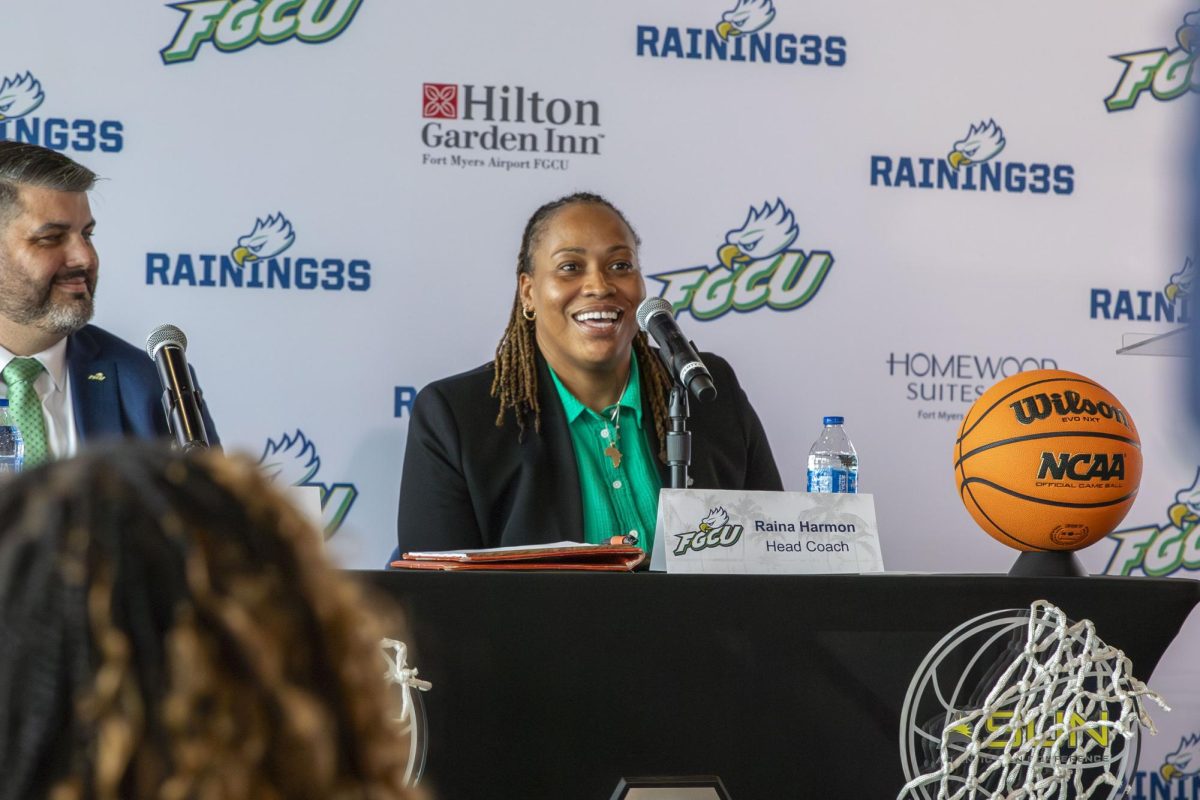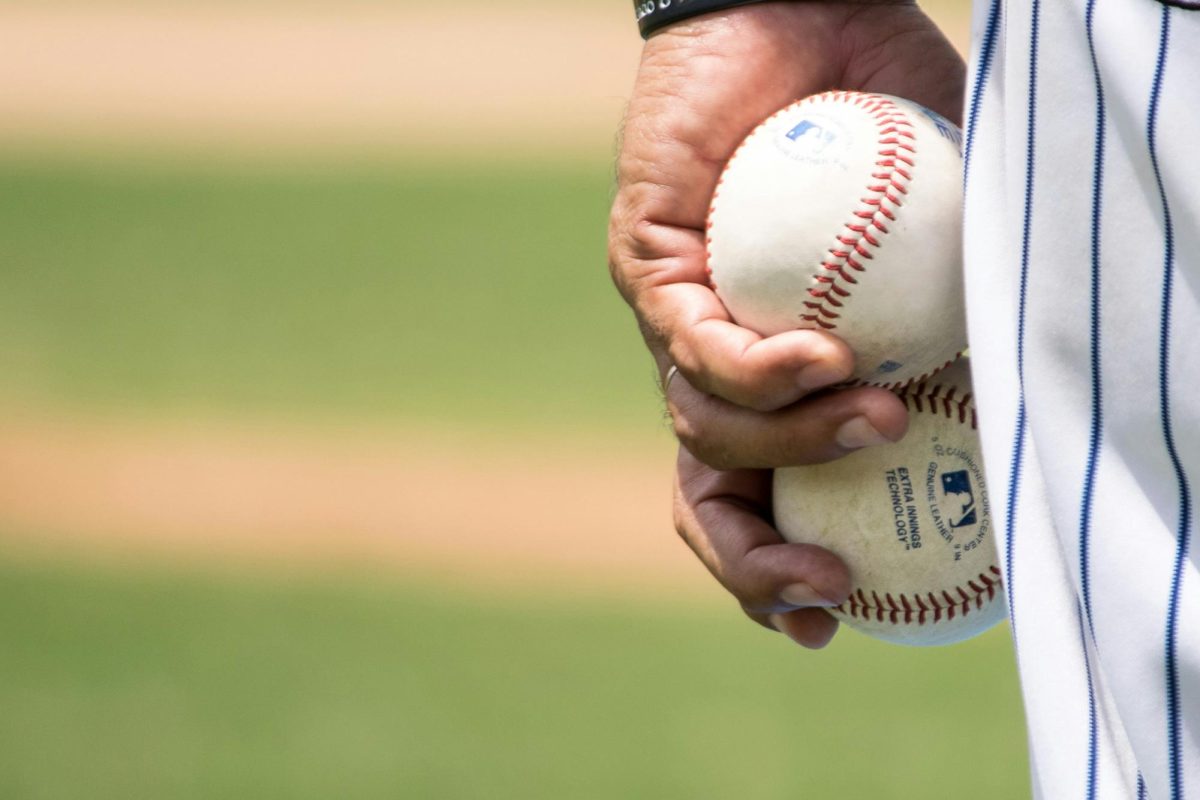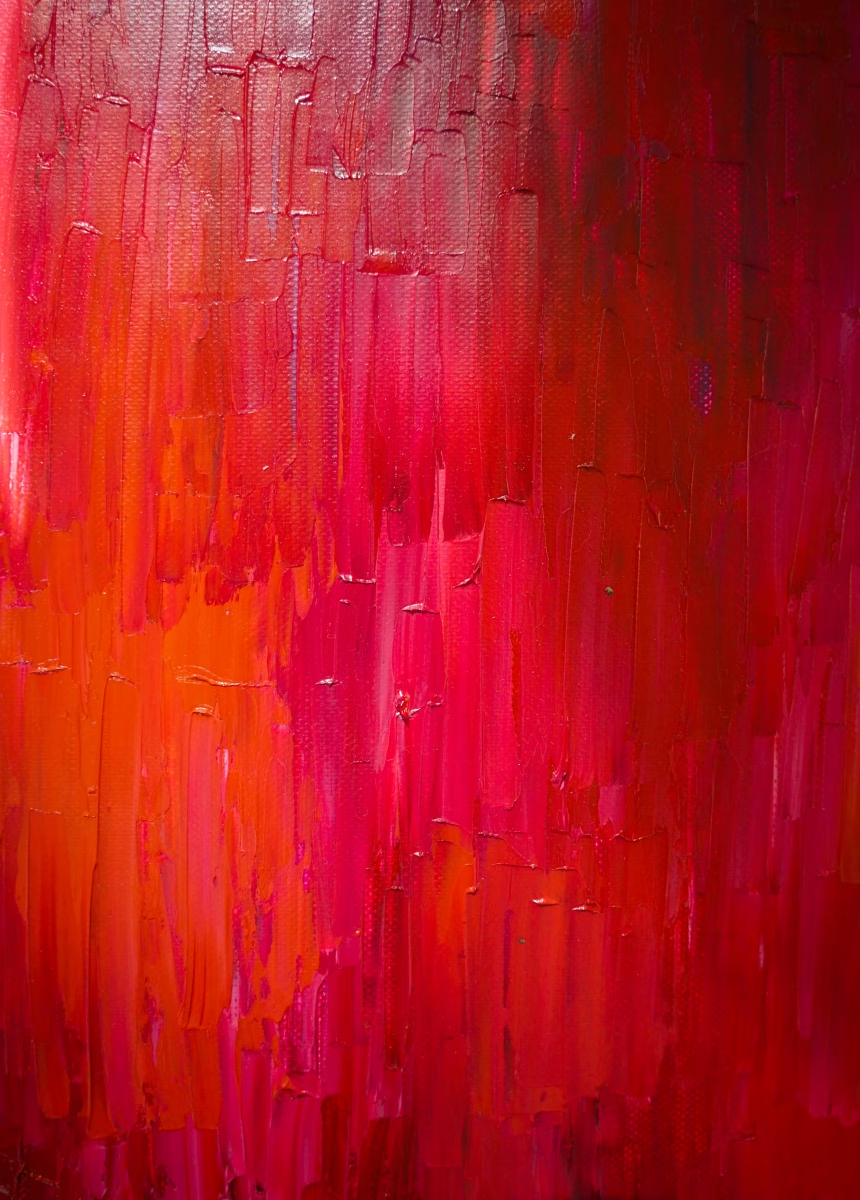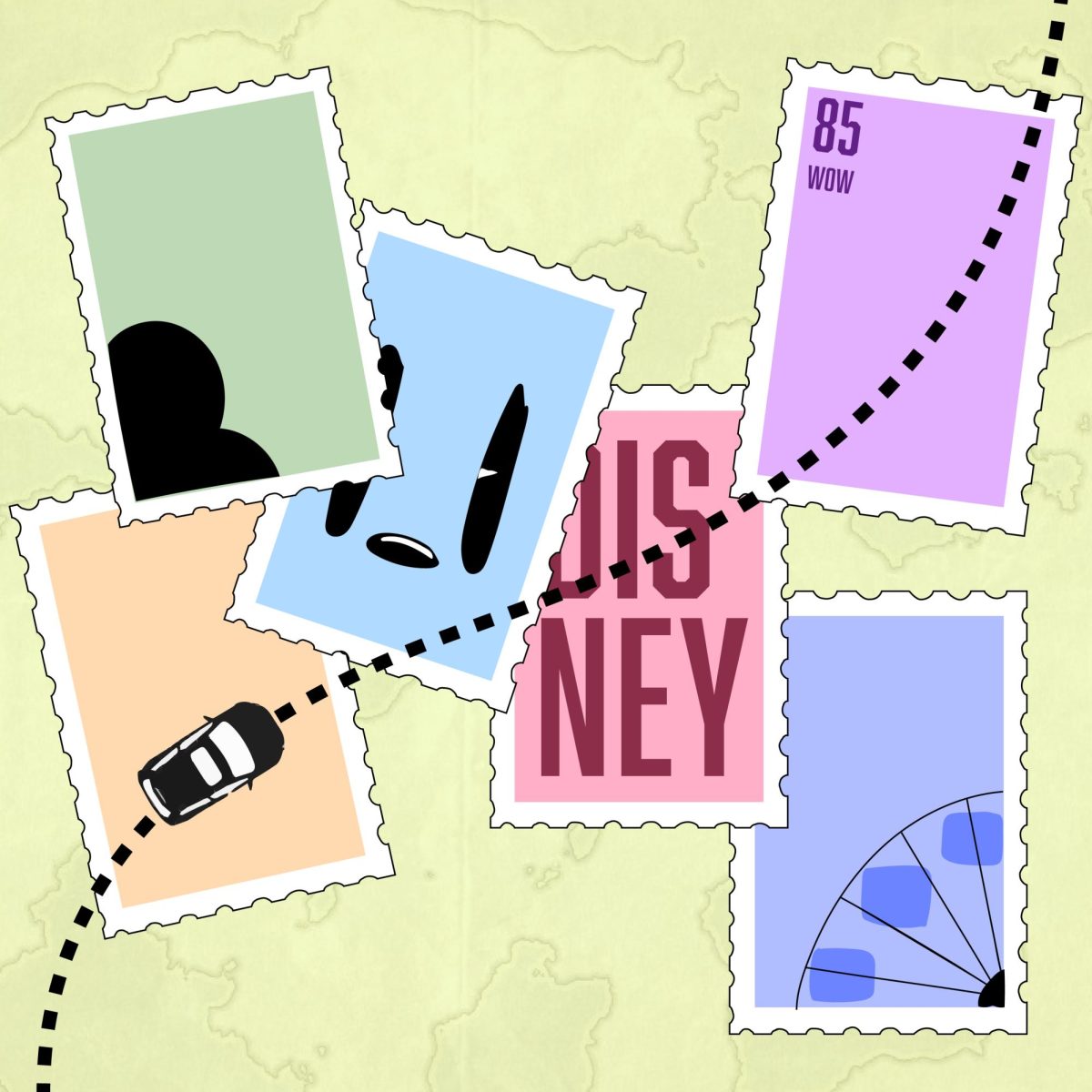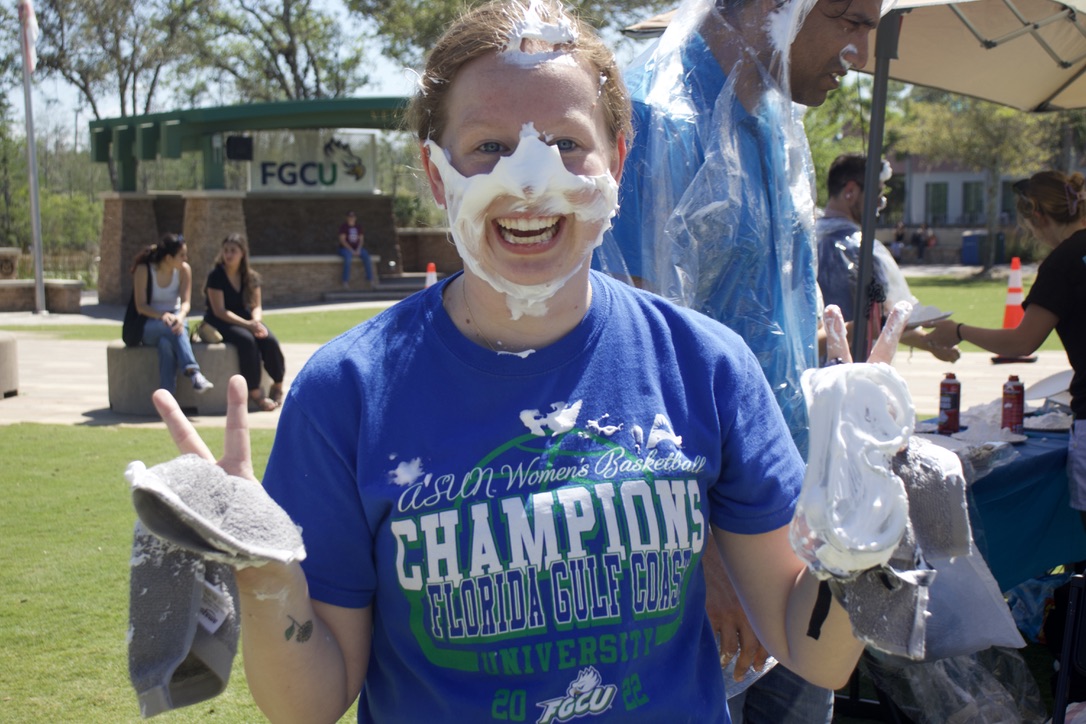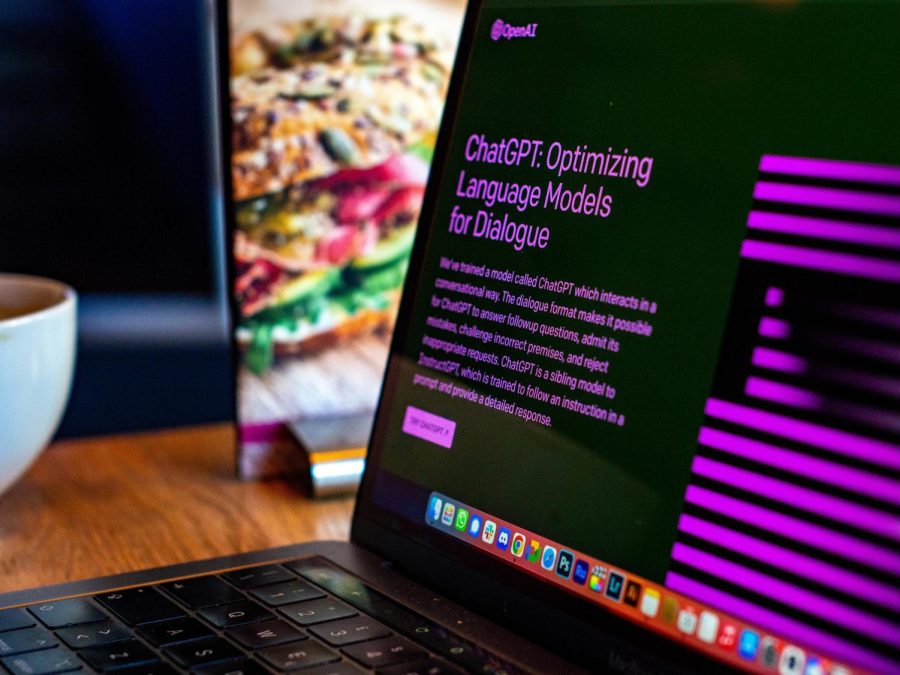Pokemon Go — the newest mobile release from The Pokemon Company, the parent company of Nintendo, and Ingress founder Niantic — has swept across 34 countries including the U.S. The app allows trainers everywhere to catch Pokemon through the use of their phones’ GPS and camera.
Nintendo released their free-to-play app July 7 and has accumulated over 10 million downloads to Apple and Android devices, according to CNN Money U.S.
The game gives trainers a chance to catch ‘em all by utilizing augmented reality software, which switches the phone’s camera to a first-person view and uses the real life foreground as the battle between trainer and digitally added Pokemon. Trainers can create their own avatar that walks the streets with them and levels up, as they earn medals, battle gym leaders and catch more Pokemon. The Pokemon Go website explains that “several factors affect your chances of catching a Pokemon … the Pokemon’s CP (combat power) level, the type of Poke Ball you used, your throwing technique and other factors.”
The most effective method found to catch Pokemon requires trainers to flick a Poke Ball toward the Pokemon they want to capture on their touch screen. Trainers will notice a colored ring around the Pokemon shrink the longer they hold onto the ball. The color indicates how hard the Pokemon is to capture, and if trainers time their throw correctly a “Nice!” exclamation will appear, increasing the chance of a first-throw capture and giving you an XP (experience power) bonus. Helpful hint: while holding down on a Poke Ball, begin to spin the ball in circles to create a curve ball (remember to throw the opposite way of the spin).
The initial Pokedex includes Pokemon from the Kanto region, a fictitious territory created for the Pokemon franchise in “Pokemon Red” and “Pokemon Green,” and includes 90s kids’ favorite startup Pokemon, Squirtle, Charmander and Bulbasaur (and Pikachu, of course). Trainers can complete their Pokedex by collecting Pokemon and power up their team with stardust obtained with each catch and candy received for transferring duplicate catches to the professor.
Pokemon Go has become more than just an immersive virtual reality game. It has transformed into a popular social tool, gaining popularity on college campuses and gathering college students into “Poke parties” of as large as a hundred people. When setting lures on Pokestops, trainers often gather around the same area, thus creating a catching party for all around.
Among bringing trainers together, Pokemon Go has created friends and foes with the ability to join a team. Team Mystic, Instinct and Valor represent the three legendary Pokemon, Articuno, Zapdos and Moltres, and their respective colors blue, yellow and red. With teams, trainers can claim gyms and battle one another to gain XP and bragging rights.
For trainers who want to enhance their Pokemon Go experience, in-app purchases of lure modules, incense, Poke Balls and other items are available to buy with the virtual currency Pokecoins, which range from $0.99 for 100 to $99.99 for 14,500. Or, if you’re a broke college student, you can hang around a Pokestop and collect items every five to 10 minutes depending on the time it takes for a stop to regenerate.
While Pokemon Go creators want trainers to explore their cities and towns, they greatly advise that players do not play the game while “on your bike, driving a car, riding a hoverboard or anything else where you should be paying attention.” They even have a warning during the loading menu in case trainers need a refresher before wandering campus for a Dragonite. Play safe, Eagles, and share your best #FGCUPokemonCatch with Eagle News on Twitter.
Categories:
Pokemon GO app takes world by storm
July 22, 2016
Story continues below advertisement
0
More to Discover

